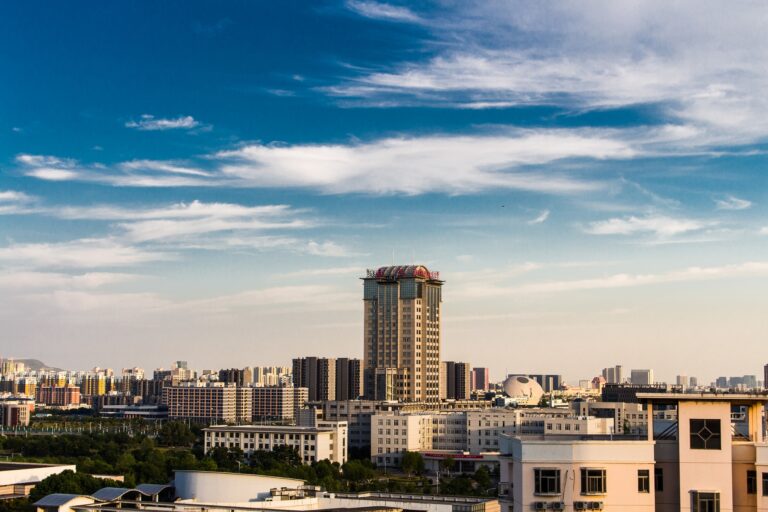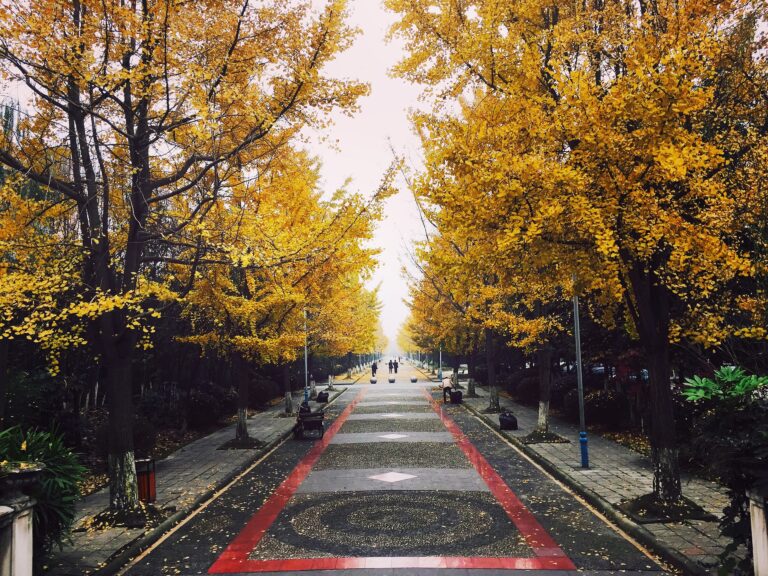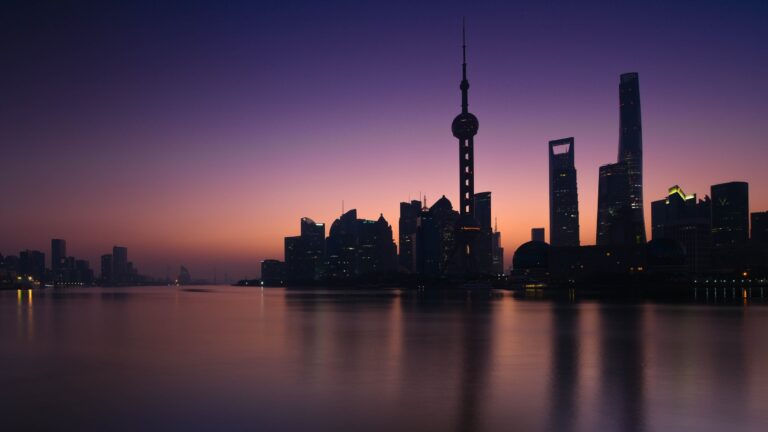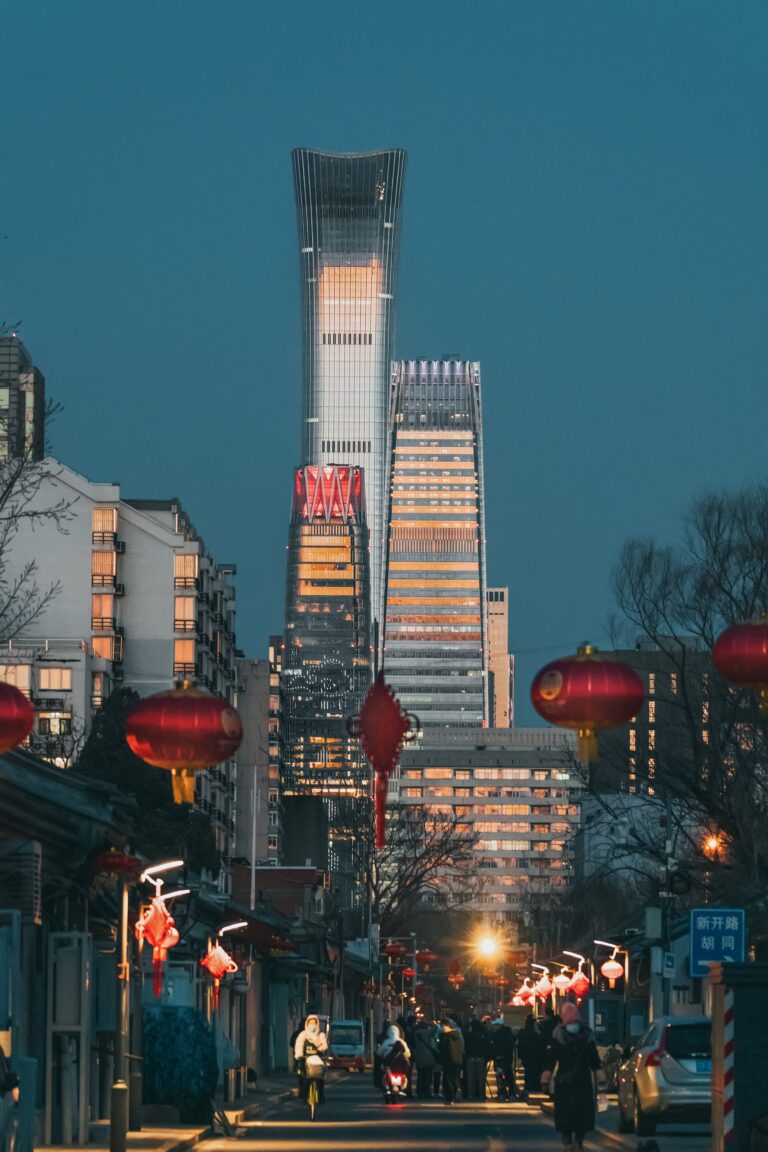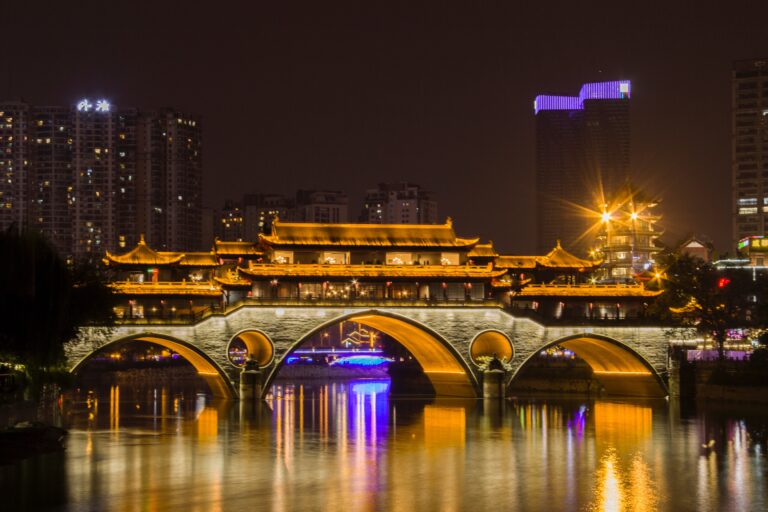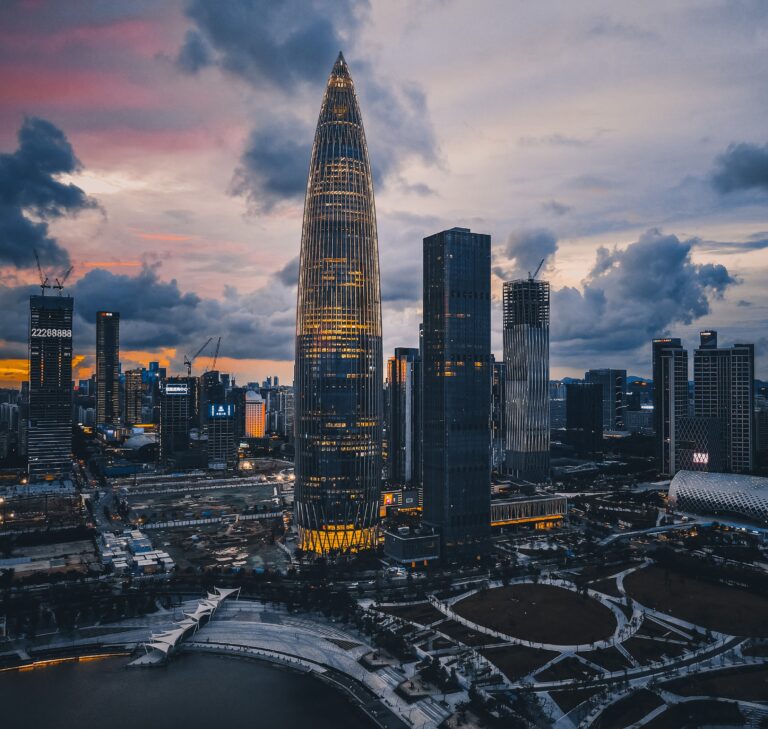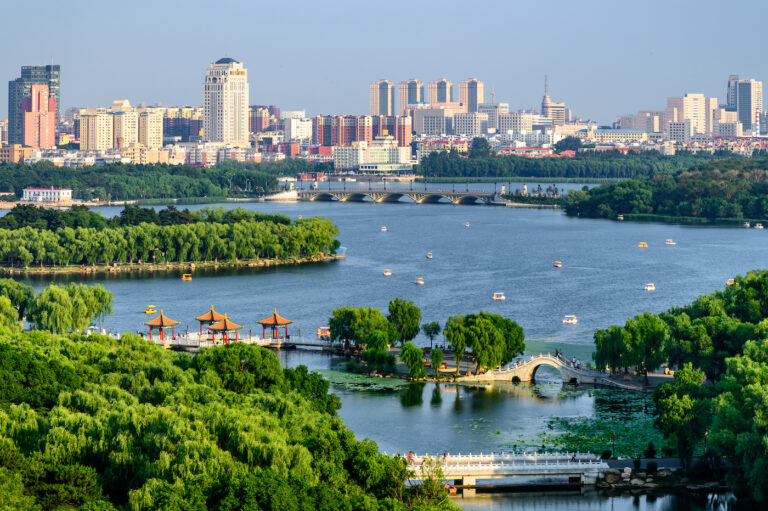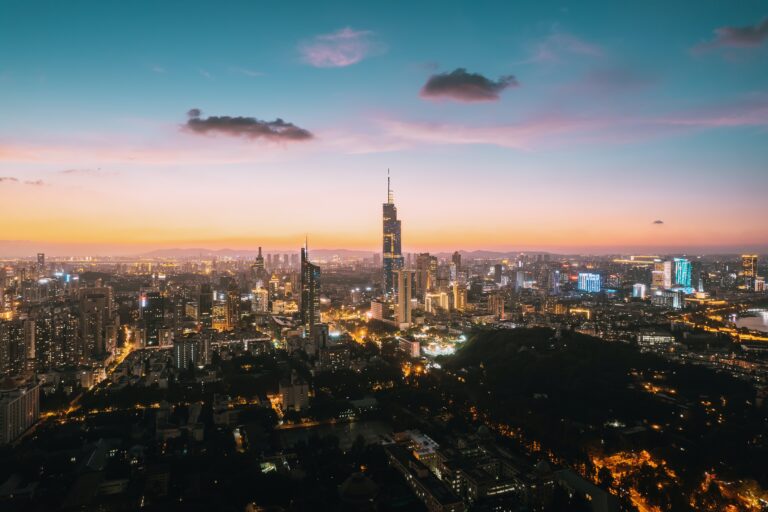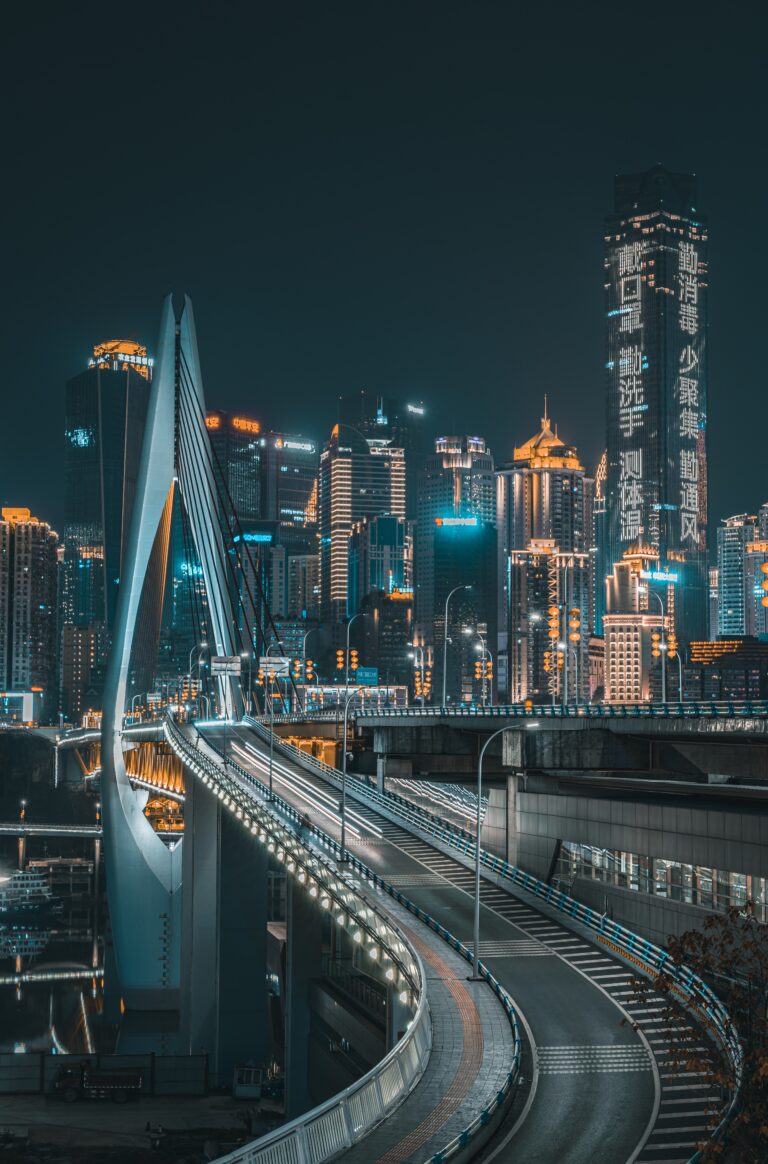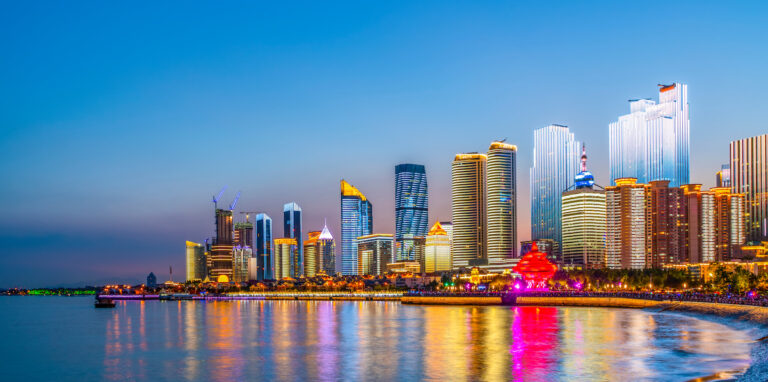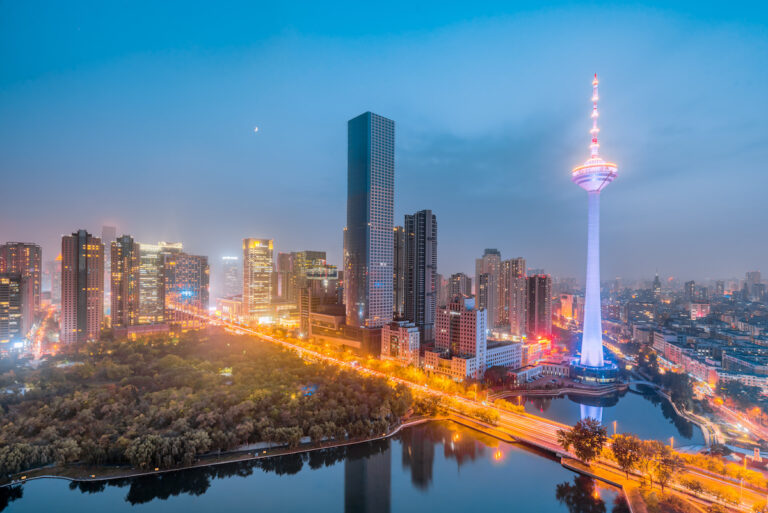“Volunteering created this opportunity for me. I realized that these are real, ordinary people. Some people are homeless because they suffer from addictions or mental illness. Others have lost their homes because they don’t have a job. They are not like the remarks that people make about the homeless in the newspaper or on websites, or that my friends make all the time. Maybe some of them had caused a crime before, but isn’t my prejudice another crime of the heart?”
Robert, a visiting professor from China at the University of Washington, wrote the above after volunteering for the first time, serving a meal to people at the Recovery Café in Seattle. Visiting scholars like Robert are professors and researchers from top Chinese universities, visiting the United States for one year with a program sponsored by the Chinese government. I minister to Chinese internationals and our goal is to love, serve, and ultimately equip scholars for return to China, sharing the gospel with them. I have found that one of the best ways to serve scholars is to invite them to serve others with me here in Seattle.
Once I took a group of six scholars to an adult daycare facility to share a presentation about Chinese New Year. Our audience included people with mental and physical disabilities of all ages. Some in the crowd asked questions, both on and off topic, while some napped during the presentation. When the scholars finished sharing their New Year pictures and traditions, our audience applauded. The scholars were beaming. As soon as we were out the door, they asked, “Heidi, when can we do this again?”
When I invite them to come along with me, most of the scholars have not yet clearly heard or grasped the gospel. They often do not know the basics of who Jesus is and what he did. So why include them in the hands-on practice of living out the good news, before they themselves can explain it?
I find that given all of the background work we do to help the scholars understand the gospel, it is time for them to go home by the time they are able to make sense of it. It takes time to remove barriers, lay the foundation, and share the story. But the scholars are curious to learn about Christianity and American culture while in the United States, and their curiosity greatly increases and finds a concrete context for conversation once they participate in faith in action.
One female graduate student from China loved helping make hundreds of peanut butter and jelly sandwiches for the Union Gospel Mission Rescue Van every Tuesday. While slathering peanut butter on bread she said, “I never had a chance to do this back home, because I was so busy studying.” And she meant it. In high school, she studied more than twelve hours per day, every day, to get a good score on the college entrance exam. She had no time for anything else, let alone volunteering for the good of strangers. In college, she wanted to volunteer but did not know how to find an opportunity.
This focused pursuit of personal success is not as selfish as we may imagine. Children grow up knowing that they must succeed in order to take care of their parents, their child, their group. Family is the social safety net. This pressure to achieve, combined with restrictions on non-profit organizations, makes service to strangers rare and even difficult, though people truly want to do it.
So the scholars are often thrilled to find they can simply jump in and serve others, thereby included in our society in a profound way while here. They are suddenly a part of the “in-circle,” no longer foreigners who need help with directions or English, but team members who have something to contribute in our city.
Some time ago, I taught English in China. While there, I was surprised to hear the way my students talked about homeless people: “They are so lazy. They are always trying to trick people.” Then they would cite a news story about someone tricking the public. I understand that there are lazy and “tricky” homeless people, but I couldn’t understand the seeming lack of compassion. I heard the same opinions often from visiting scholars as well. I thought, “Why are they so prejudiced and black-and-white about this?”
Volunteering together now, I see the scholars open up with compassion to homeless and hurting people as they personally serve them. This is often accompanied by expressions of surprise and humble admissions of past prejudice. I realized the blanket dismissal of the homeless was mostly a matter of “survival blinders.” Without the gospel, and with so much pressure, how can anyone see hurting people and not be overwhelmed with guilt? The same is true of me.
Given the intensity of life back home, what joy when the scholars have the freedom to taste the joy of giving to strangers, of dropping those protective blinders. While exploring our culture and taking a sabbatical from family and normal work obligations, the burden of focused achievement is temporarily lifted for many. And it is lifted long enough to get an unforgettable taste of the joy of serving people without expectation of repayment – total strangers who are outside the family and group, who they may never see again.
Every Friday night, I participate in a program for internationals at a local church. We enjoy cross-cultural friendships and do dinner, a brief worship time, and ESL classes. The scholars who have the biggest smiles are those helping chop vegetables in the kitchen and serving the food. They are discovering where the joy is at, and it’s exhilarating. One scholar surprised me. Apron on, brow sweaty, she effusively exclaimed, “I am so excited to be working in the kitchen! I have never done this before. I love this!”
When I go to someone’s home for a meal, I feel truly at home when I am able to help with the dishes. I believe it is the same for internationals here. What would happen if we gave them a chance to serve, even before they were believers? What if, with discernment from the Holy Spirit, we invite them to help share the good news with others (in word or deed) even as they are learning it? What if we invite them as friends into the “kitchen” of our lives and ministry endeavors?
There are many ways we can share the good news and disciple Chinese scholars – listening well and loving them, teaching them, inviting them to our homes and small groups. But one of the most powerful ways to do this is by inviting them to “come and see” the good news, serving alongside Christians. After all, that is the kind of partnership and friendship Jesus offered his disciples when he called them. Our invitation to the gospel is the opportunity to say, “You are not just someone I’m going to teach ESL to, or show hospitality to. You are made to overflow love to others. Come and experience that joy with me.”
Heidi Ifland is on staff with China Outreach Ministries in Seattle, Washington. She graduated from Covenant College in 2005 and subsequently taught English at a university in China.









